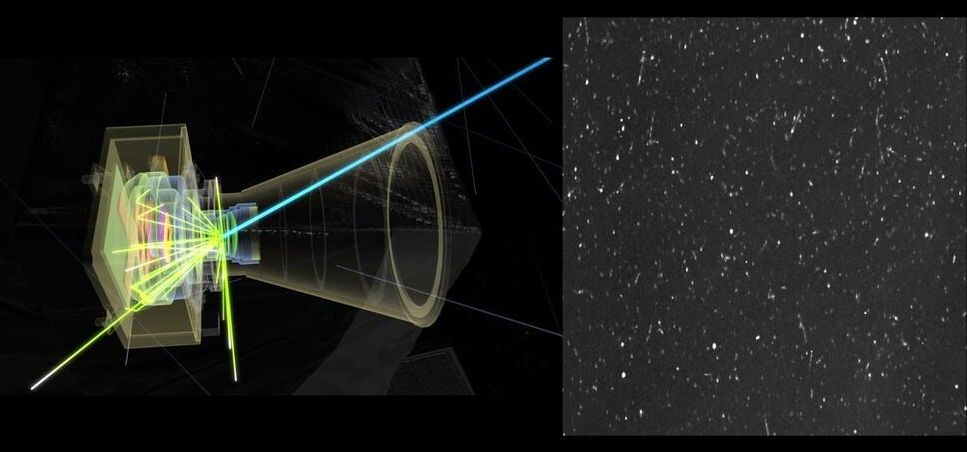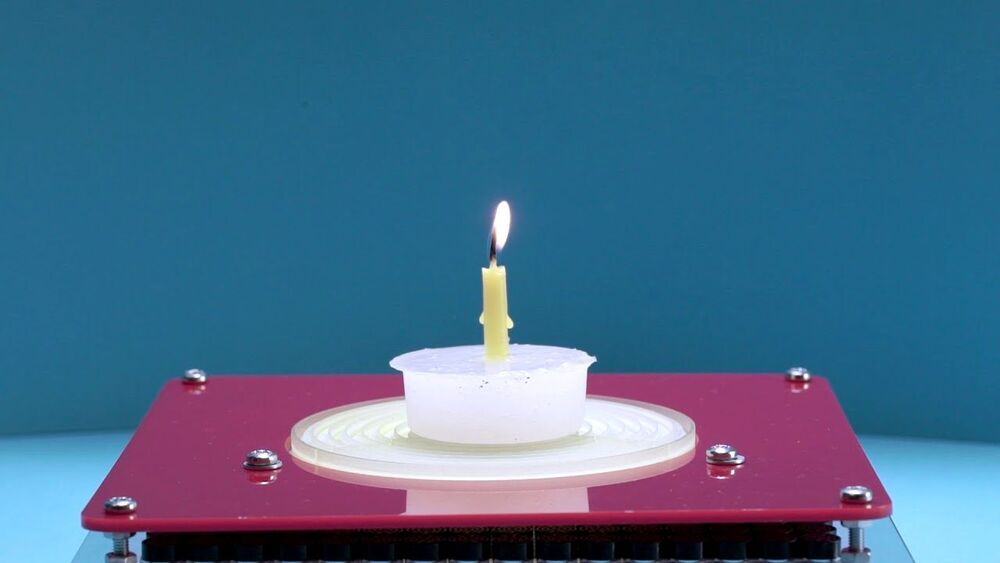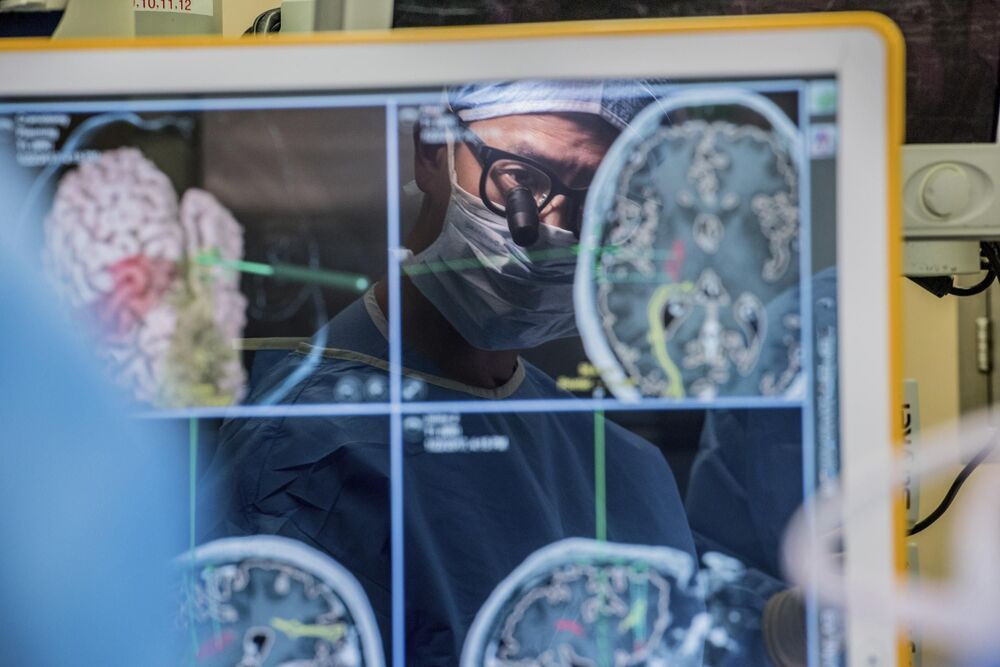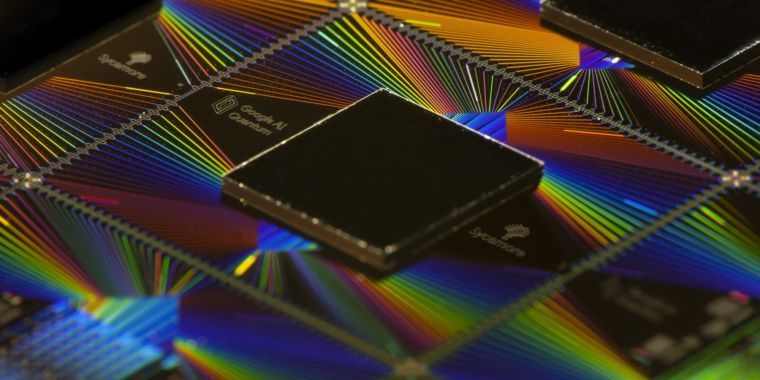Jul 14, 2021
NASA’s Juno spacecraft Detects Jupiter’s Highest-Energy Ions
Posted by Genevieve Klien in categories: particle physics, space
Trapped ions discovered at midlatitudes can have energies exceeding 100 megaelectron volts per nucleon. Their detection adds to our understanding of the powerful radiation environment around Jupiter.
Jupiter’s planetary radiation environment is the most intense in the solar system. NASA’s Juno spacecraft has been orbiting the planet closer than any previous mission since 2016, investigating its innermost radiation belts from a unique polar orbit. The spacecraft’s orbit has enabled the first complete latitudinal and longitudinal study of Jupiter’s radiation belts. Becker et al. leverage this capability to report the discovery of a new population of heavy, high-energy ions trapped at Jupiter’s midlatitudes.
Continue reading “NASA’s Juno spacecraft Detects Jupiter’s Highest-Energy Ions” »

















